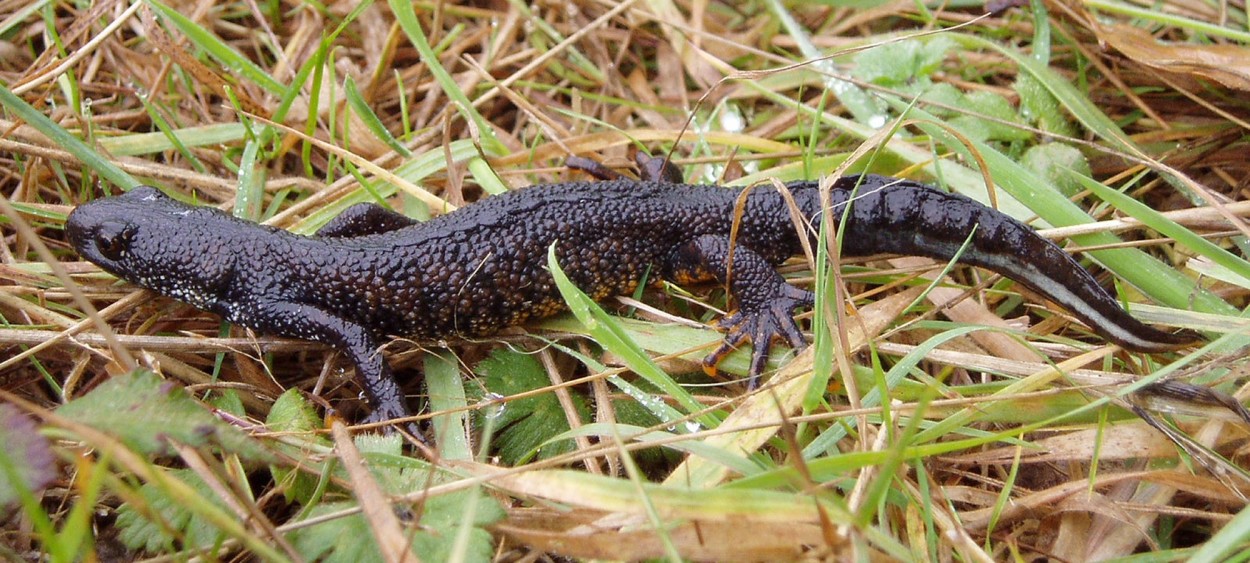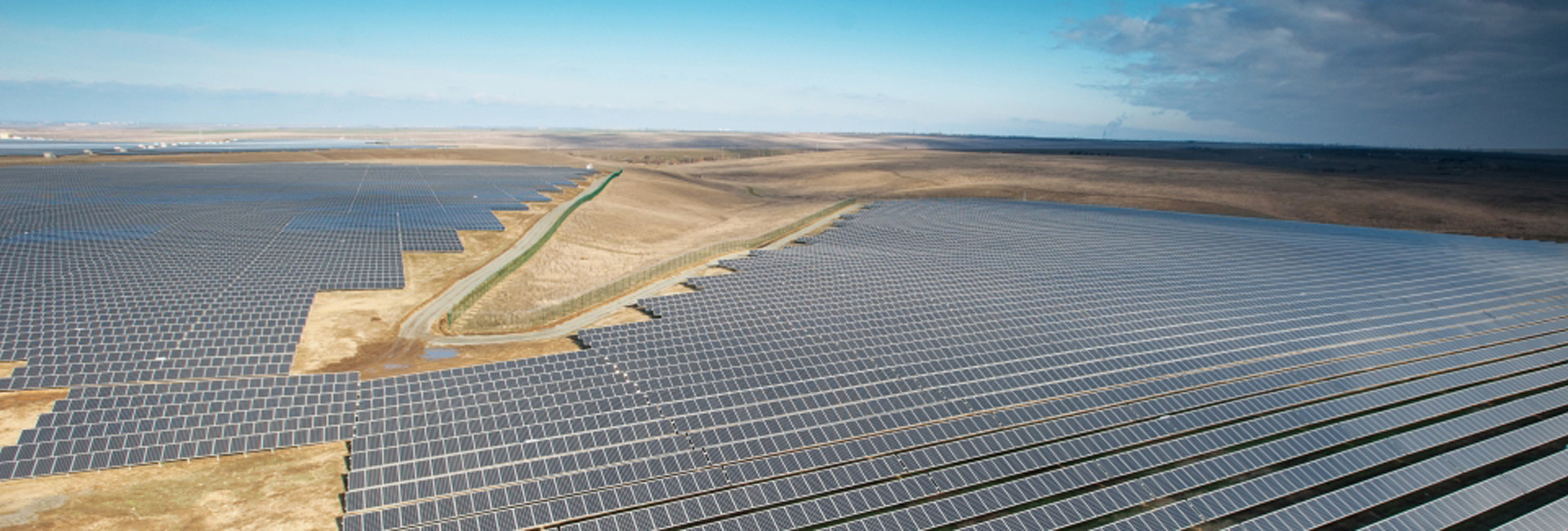Great Crested Newt Surveys and Mitigation
The great crested newt (GCN) has a widespread distribution in lowland England and Wales but is less frequent in the far south-west and Scotland, in upland areas, intensively farmed landscapes and heavily urbanised areas. It is absent from Ireland. GCN have specific habitat requirements, spending much of their life-cycle in terrestrial habitats including areas of rough grassland, woodland and hedgerow, and returning to aquatic habitats – principally ponds – for the breeding season.
The breeding season for great crested newts, which coincides with the survey season, occurs almost immediately after they emerge from their winter dormancy. GCN are nocturnal and tend to emerge on wet, mild nights when the temperature has risen above 5°C. This usually occurs between February and April, though this is staggered and some newts will not reach their breeding ponds until May. Hence the peak survey season is from mid-April to mid-May, although surveys can continue until mid-June.
During the terrestrial phase, great crested newts spend their time foraging and dispersing back to winter habitats. Once the temperature drops below 5°C newts will enter a period of dormancy. GCN will use a variety of hibernation sites, including beneath rubble or dead wood, rabbit burrows, cracks in buildings or even loose soil at the edge of their breeding habitat. If your development site is within 500m of a potentially suitable breeding pond, you may need to survey for this species before applying for planning consent, particularly if you have suitable terrestrial habitats on site such as woodland, scrub, hedgerows, ditches and coarse grassland.


